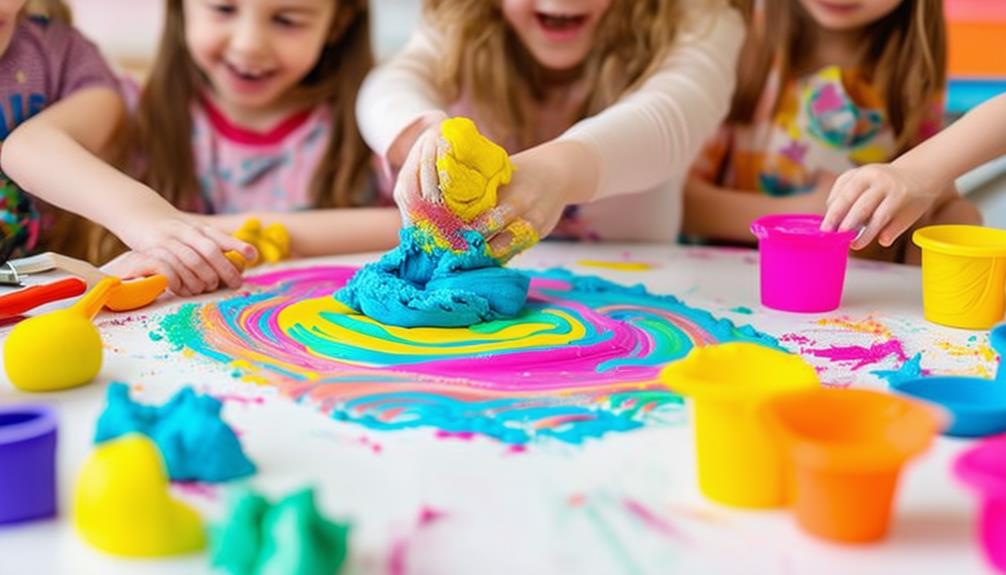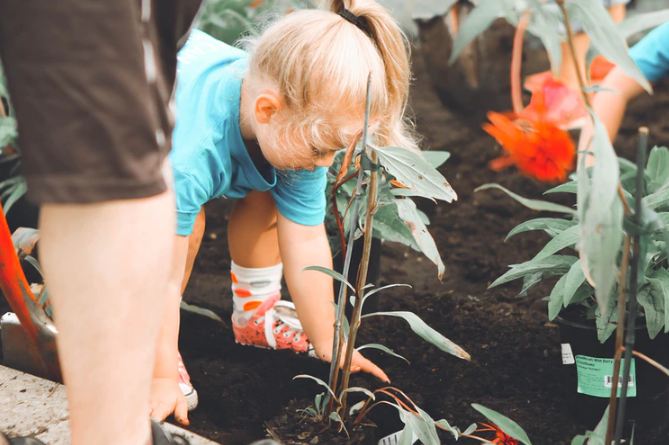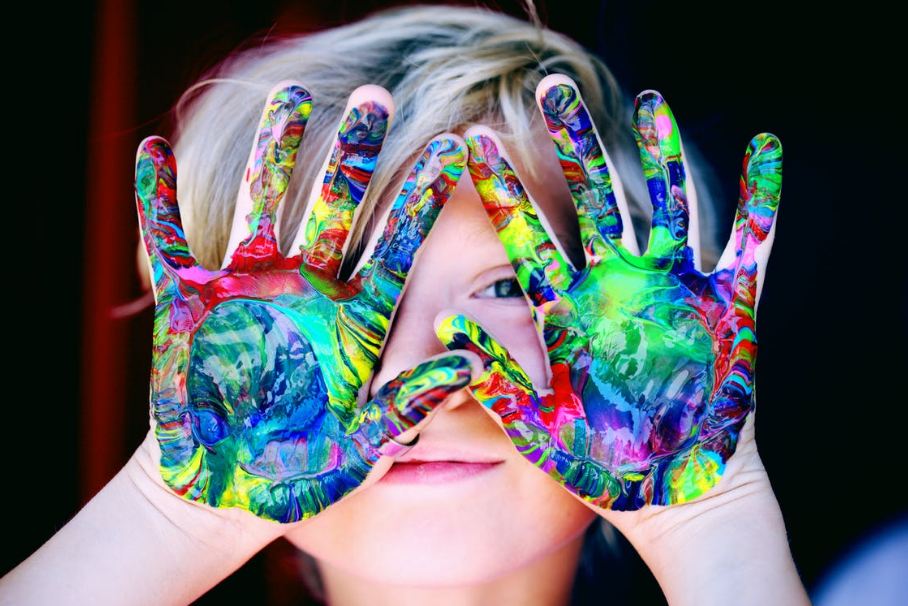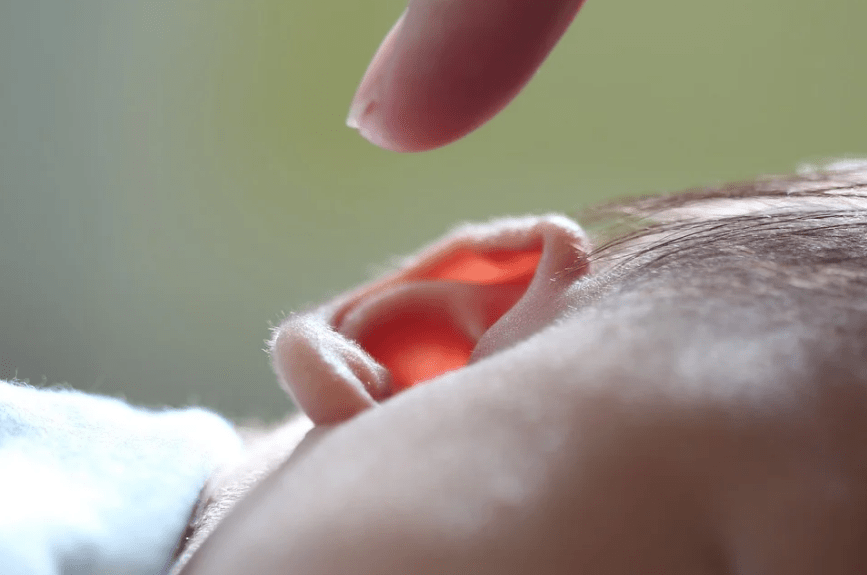Playdough Color Mixing Activities for Kids

You might be surprised at how much learning can occur through simple playdough color mixing activities. By combining different colors of playdough, kids don't just create new hues; they also gain insights into basic color theory and fine motor skills. Imagine the excitement on their faces as they discover that mixing blue and yellow results in green. But there's more to these activities than just the fun of squishing and blending colors. So, how exactly does this playful experimentation benefit children's development, and what do you need to get started?
Why Playdough Is Ideal
Playdough is an ideal tool for children's development as it strengthens hand muscles and illustrates color blending vividly. When children mix playdough colors, they're not just playing; they're observing how colors merge into new shades. This hands-on activity is crucial for understanding color theory and identifying different colors.
Mixing playdough takes longer than blending paints, extending the child's engagement with the material. This prolonged playtime helps develop fine motor skills as they knead, roll, and press the dough. These actions build stronger hand muscles, essential for tasks like writing.
Moreover, this color-mixing activity allows children to observe cause and effect in real-time. For instance, mixing blue and yellow dough to create green reinforces their understanding of color combinations. Thus, playdough serves as both a fun and educational tool, blending creativity with learning. It offers children a tangible, memorable way to explore colors.
Preparation Tips
To maximize the benefits of playdough color mixing activities, start by gathering and preparing essential materials. Begin by printing out color mixing experiment sheets. These sheets will guide you and your child through the process and help track progress. For durability, laminate these pages to withstand playdough residue and reuse them.
A color wheel page is another invaluable resource. It visually demonstrates how primary colors mix to form secondary and tertiary colors, making it fundamental for exploring color theory. Additionally, have a color recipe page ready. This page allows you to document any new colors created during the activity, adding a scientific aspect to the fun.
Consider making homemade playdough before starting the activities. Homemade playdough can be customized for texture and color and serves as an engaging pre-activity for kids. Whether you prepare it yourself or involve the kids in the process, having a good batch of homemade playdough will enhance the experience.
Learning Benefits
Playdough color blending activities offer numerous benefits for young children. When kids engage with playdough, they're not just having fun; they're also strengthening their hand muscles, which is vital for developing fine motor skills and hand-eye coordination. As they manipulate the playdough, they learn about primary colors and how mixing them can create secondary colors, sparking an early understanding of color theory.
By mixing colors, children observe cause and effect in real-time. They start with primary colors like red, blue, and yellow and see how combining them can produce green, orange, and purple. This hands-on experience solidifies their grasp of how color combinations work, making abstract concepts tangible.
Additionally, playdough color blending fosters creativity and sensory discovery. Kids can experiment freely, creating new shades and textures, which enriches cognitive development. They learn to think creatively and explore different outcomes without fear of making mistakes. This process builds their confidence and encourages a love for learning through play. So, next time your children immerse themselves in the world of playdough, remember they're gaining much more than colorful creations.
Required Materials
To prepare for playdough color blending activities, gather a few essential materials for a fun and educational experience. Begin with the basics: red, yellow, and blue playdough. These primary colors are vital for demonstrating how various tones are created through mixing. Whether you use homemade or store-bought playdough, ensure you have ample amounts of each color for multiple activities.
Next, print out color blending experiment sheets. These printables guide you and your child through different mixing exercises, making the process straightforward. Include a color wheel in your materials. This visual aid helps children understand the relationships between colors and predict the outcomes of blending different shades.
Additionally, have color formula sheets available to document new color combinations. For instance, when mixing yellow and blue playdough, these sheets help record the specific shades of green you create. This not only keeps the activity organized but also reinforces color theory, adding an educational component.
Activity Directions
To begin, provide your child with a color wheel page along with three playdough balls: one each of red, yellow, and blue. Encourage them to mix these primary colors and observe the resulting hues while you discuss the new shades they create. Use a color recipe page to document and remember the exciting color combinations they discover.
Set Up Materials
Before diving into the activity, gather all necessary materials, including printed color blending experiment pages and red, yellow, and blue playdough. These materials are crucial for guiding kids through the Playdough Activities and helping them investigate color relationships.
To set up, create a workspace where the kids can comfortably knead and mix their playdough. Prepare a smooth, clean surface and lay out the printed color blending experiment pages. These pages will serve as visual guides for the children as they explore mixing colors like blue and yellow to discover new shades.
Here's an organized table of your materials:
| Material | Quantity | Purpose |
|---|---|---|
| Printed color blending pages | 3 | Visual guide for mixing experiments |
| Red playdough | 1 | Primary color for mixing |
| Yellow playdough | 1 | Primary color for mixing |
| Blue playdough | 1 | Primary color for mixing |
Encourage the kids to experiment with mixing different amounts of red, yellow, and blue playdough. Discuss their observations and findings as they mix colors. This hands-on exploration will help them understand how new shades are created, making the Playdough Activities both educational and enjoyable.
Guide Color Exploration
Now that your materials are set up, guide the children to start blending colors using the visual aids on the printed pages. Give each child a piece of red, yellow, and blue playdough, encouraging them to explore the texture and get comfortable with the material. Show them the color wheel and explain how primary colors blend to create new shades.
Encourage the kids to take a piece of blue playdough and blend it with yellow. Ask them to observe as the colors merge together, transforming into green. As they work, discuss the concept of primary and secondary colors. Highlight that blending red and blue will create purple, and combining red and yellow will result in orange.
Use the color recipe pages to track these new color combinations. This not only aids understanding but also makes the activity more engaging. As they blend the playdough, their fine motor skills will also get a workout. Keep the experience hands-on and interactive, celebrating each new discovery. Guiding them through this process fosters a deeper understanding of color theory while encouraging creativity and active participation.
Toddler Mixing Fun
Watch as your toddler dives into the colorful world of playdough, eagerly blending and mashing to discover new shades. Introduce them to the magic of color blending by offering a variety of vibrant hues. Encourage your little one to crush, push, and pinch the dough, combining different colors to create a rainbow effect right before their eyes. This hands-on activity is not only enjoyable but also a fantastic way to teach toddlers about colors and their interactions.
Experimenting with different color proportions can lead to unexpected and delightful outcomes. Start with equal portions of two colors, and then adjust the quantities to show how altering the proportion changes the result. Guide your toddler as they roll, crush, and organize the playdough, helping them create a color wheel with the blended colors. This simplifies the concept of primary and secondary colors, making it accessible and engaging for young minds.
As your toddler continues to blend and pair colors, they'll develop fine motor skills and a deeper understanding of color theory. The joy of exploring new shades will keep them entertained and curious, making learning through play a rewarding experience.
More Playdough Activities

After exploring color mixing, let's dive into more playdough activities. You can experiment with texture investigation, creative sculpting, and sensory play. These activities will engage your kids and stimulate their creativity.
Playdough Texture Exploration
Immerse yourself in a world of sensory enjoyment by exploring different textures of playdough with your kids. Start by blending two distinct colors to create new shades, adding an extra layer of fun and discovery. This not only introduces new colors but also encourages kids to experiment with texture by incorporating various sensory elements.
Enhance tactile exploration by integrating beads, glitter, or small pasta pieces into the playdough. These additions enrich the sensory experience, making the playdough feel different and exciting. Try combining different textures and scents to create unique sensory experiences.
Foster creativity by using tools like cookie cutters, rolling pins, and textured mats. These items add varied impressions and patterns to the playdough, making texture exploration more engaging. The use of these tools also aids in developing fine motor skills as kids manipulate and shape the playdough.
Creative Playdough Sculpting
Dive into the world of creative playdough sculpting to spark your child's imagination and enhance their fine motor skills. Playdough sculpting goes beyond simple shape-making; it is an adventure in color mixing, sensory exploration, and imaginative play. Encourage your child to craft animals, objects, or even abstract designs. This activity helps develop hand-eye coordination and enhances fine motor skills.
Color mixing introduces another layer of fun and learning. By blending different colors, your child can discover unique shades and hues, fostering both their understanding of colors and their creativity.
Playdough sculpting also engages kids in sensory exploration. The tactile experience of squishing, rolling, and shaping the dough stimulates their senses, promoting relaxation and stress relief. This hands-on activity keeps them engaged and focused.
Sensory Playdough Activities
Engaging in sensory playdough activities captivates your child's senses while promoting sensory development and creativity. These activities are a delightful way for children to explore different textures, colors, and materials. Integrating color mixing allows kids to experiment with blending hues, creating a visually stimulating experience.
By adding texture variations such as glitter, sand, or small beads, you can enrich the tactile sensory experience. These additions provide a unique feel to the playdough, making it more engaging for children. Scented playdough, infused with oils like lavender or peppermint, introduces an olfactory dimension to the play.
Incorporating natural materials like dried herbs or flower petals creates unique sensory experiences. These additions contribute to the texture and offer a touch of nature, further stimulating the senses. Sensory playdough activities are especially beneficial for children with sensory processing challenges, providing a therapeutic way to explore their senses.
| Activity | Materials Needed | Sensory Benefits |
|---|---|---|
| Color Mixing | Playdough in different colors | Visual stimulation, color recognition |
| Texture Variations | Glitter, sand, small beads | Tactile exploration |
| Scented Playdough | Aromatic oils (lavender, peppermint) | Olfactory stimulation |
| Natural Materials | Dried herbs, flower petals | Texture and sensory integration |
These activities offer an enjoyable way for your child to develop vital sensory skills.




